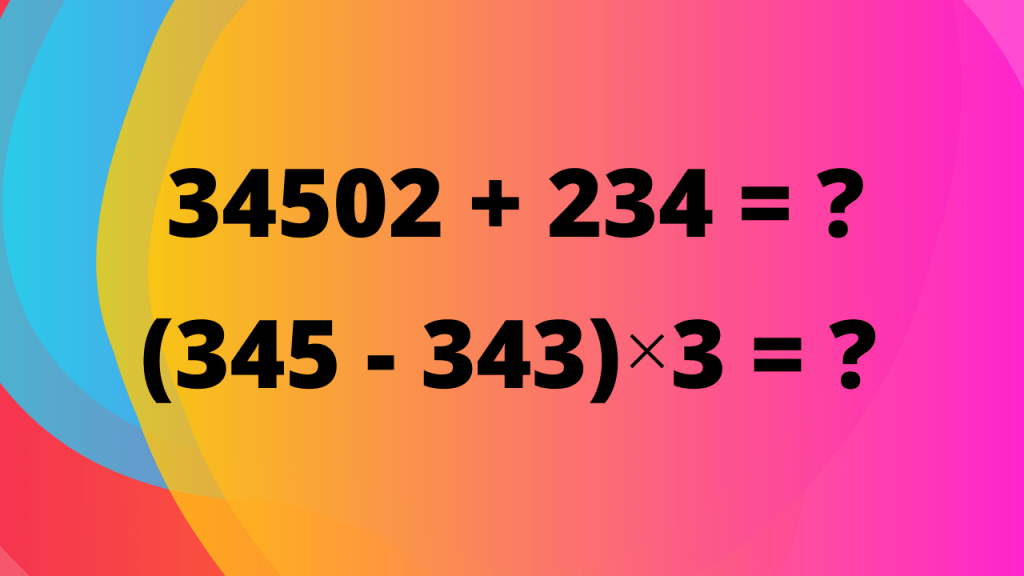Lesson 1: Numbers up to 1000,000
We are moving on to working with larger numbers. Sometimes, we need to use extremely large numbers when measuring distances or calculating the weight of a big object.
For example, what if we wanted to calculate the distance around the Earth? One million (1,000,000) is a very large number.
In this lesson, you will gain a comprehensive understanding of how to add and subtract numbers up to 1,000,000, along with the skills to multiply and divide large numbers using a variety of effective strategies and methods. These include breaking numbers down by the place value of each digit, utilizing vertical multiplication, and applying long division techniques.
For instance, when adding the numbers 234,560 and 345,678, one effective approach is to decompose the numbers based on their place values. Begin by adding the hundreds of thousands: 200,000 plus 300,000, followed by adding the tens of thousands: 30,000 plus 40,000, and then proceed with the thousands, hundreds, tens, and ones. This method not only simplifies the addition process but also enhances mental math skills.
Similarly, when multiplying and dividing large numbers, the vertical multiplication method allows for a clear and organized approach, facilitating the calculation process.
Long division, on the other hand, provides a systematic way to tackle division of larger numbers, ensuring that each step is delineated, which is especially important for maintaining accuracy.
Moreover, this lesson will introduce you to the order of operations, commonly referred to as BEDMAS, which stands for Brackets, Exponents, Division, Multiplication, Addition, and Subtraction. Understanding and applying this sequence is essential for solving mathematical expressions correctly and is a fundamental concept in various mathematics courses.
By mastering these skills, you will build a strong foundation in handling larger numerical operations efficiently and accurately.

It is essential to understand the concept of inverse operations in mathematics, particularly how they are executed based on their position within an expression. Inverse operations include pairs such as addition and subtraction, as well as multiplication and division. When evaluating a mathematical expression, these operations should be performed in the order in which they appear, moving from left to right.
For example, in the expression 230 × (3 +123,456) ÷ 3 even though there are both division and multiplication, and in the BEDMAS acronym, division comes first, in this case, multiplication is the first operation if you read the expression from left to right. Therefore, after operating in brackets, multiply the result by 230 and then divide the product by 3 to get the final answer.
Numbers up to 1000,000 Quiz
